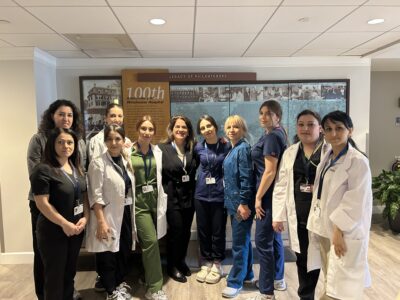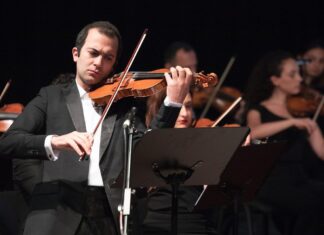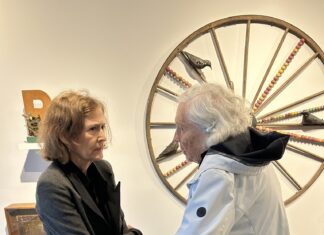YEREVAN — I have been in contact with Armine (Amie) Minassian, a makeup artist, cultural figure of the American-Armenian community, actress and poet since 1996.
New York-based Armine was born in 1940, in Khoygan, an Armenian village in Iran. After finishing school in New Julfa, she taught in local Armenian schools for four years. Since 1968, she has lived in the US, where she attended various courses at Cornell University School of Industrial and Labor Relations, the University of the State of New York and elsewhere.
She collaborated with New York Ballet, Metropolitan Opera, theater, television and cinema, working with a number of famous actors and actresses. Her credits include working on “Woman’s Day” (1978), “A System Devoured” (1999), “Mixed Signals” (2001), “People on the Bridge” (2014) and other films.
Minassian has taught at the American Academy of Dramatic Arts. She is a member of the American and International Theater Association, as well as a member of Armenian unions of New York for decades, carrying out lively public and cultural activities.
My conversation with Armine Minassian took place at her Yerevan apartment.
Dear Armine, I have written about you several times in the past years, this time I want to present your life path in your own words. Let’s start our conversation from the very beginning. What memories do you have of your native village?









